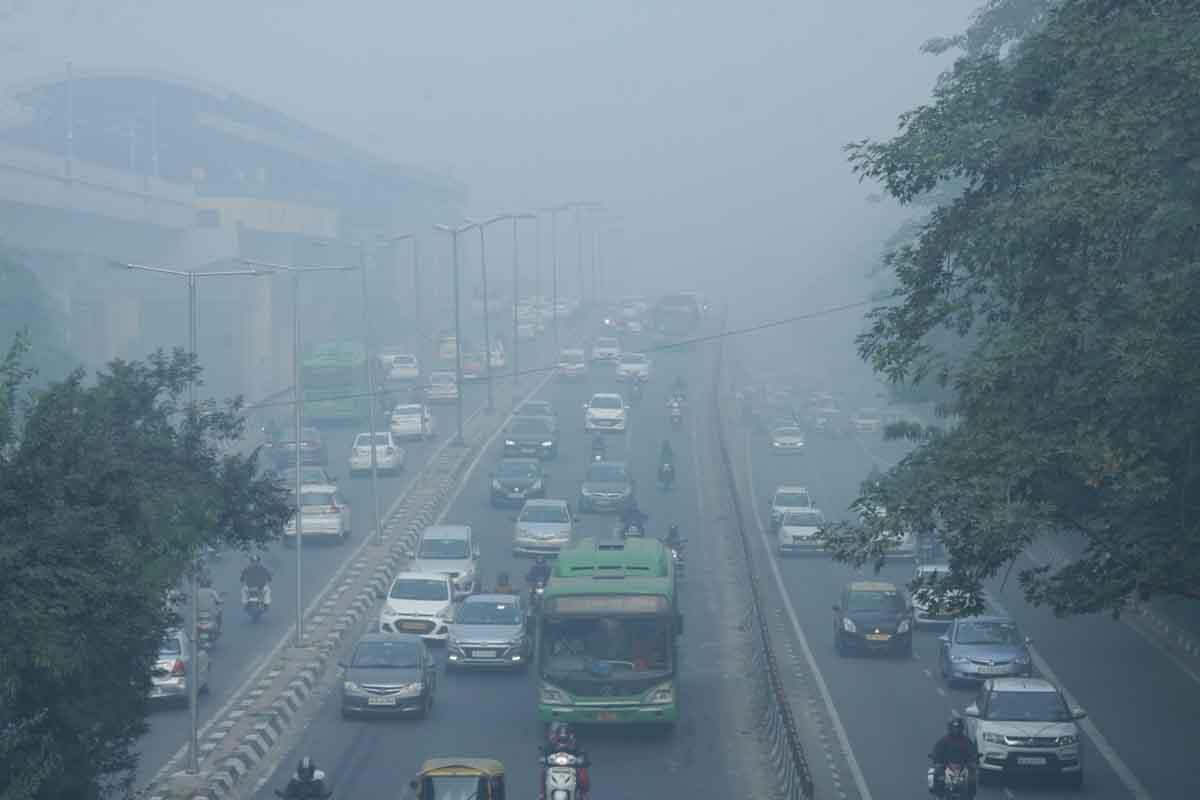Delhi, steeped in history, is often marred by an unwelcome visitor that arrives every year ~ unwarranted and unrelenting toxic haze. This serves as a stark reminder that Delhi’s residents are stuck in a vicious cycle of air pollution that shows no signs of abating. The air quality index (AQI) plummeting to “severe” levels, and residents experiencing eye irritation, itchy throats and overall discomfort, paints a grim picture of Delhi’s plight. The numbers speak for themselves. An AQI of 0-50 is considered good while Delhi often finds itself oscillating in the dangerous 400-500 range. While seasonal factors like lower temperatures and a lack of wind certainly contribute to this annual environmental crisis, a significant culprit is crop stubble burning in neighbouring states.
This practice, undertaken by farmers in Punjab, Haryana and Uttar Pradesh, aims to clear fields before sowing winter crops. Unfortunately, this leads to an alarming concentration of toxic PM2.5 particles in Delhi’s air, which can cause deadly illnesses. This issue has remained persistent over the years, despite various government initiatives aimed at curbing stubble burning. Doctors describe distressing scenes in hospitals of babies coughing and children with rapid breathing. These are the harrowing consequences of air pollution on Delhi’s most vulnerable residents. It is a sombre reality that respiratory problems plague pets too. The impact of this annual crisis is far-reaching. Even public spaces like the popular parks of Lodhi Garden and India Gate see a decline in visitors during such periods. Residents rush to buy air purifiers, while service centres report a shortage of filters. It is a desperate scramble for clean air that has become an annual ritual.
Advertisement
The ongoing cricket World Cup hosted by India has not been immune to pollution’s shadow, with even financial capital Mumbai experiencing a spike in pollution levels. As Delhi grapples with the consequences of its deteriorating air quality, it is time for both the state government and the Centre to step up their efforts, instead of keeping the focus of their engagement pointlessly political. While the problem might seem insurmountable, there are actions that can be taken. Stricter enforcement of regulations against stubble burning, promotion of cleaner alternatives and increased investment in public transportation are just a few possible solutions. It’s also a shared responsibility. Individuals can contribute by reducing their own emissions, using public transport and supporting green initiatives.
The fact that Delhi faces this situation every year is unacceptable. It is time for a collective effort to break free from the shackles of perpetual pollution. The health and well-being of Delhi’s residents, particularly its youngest and most vulnerable, must take precedence over outdated practices. It’s time to clear the air, quite literally, and ensure that the historic and vibrant place can breathe freely once again. And having appropriated most administrative powers, the primary responsibility remains that of the Union government, which must bestir itself to act, and of the Lieutenant-Governor.









